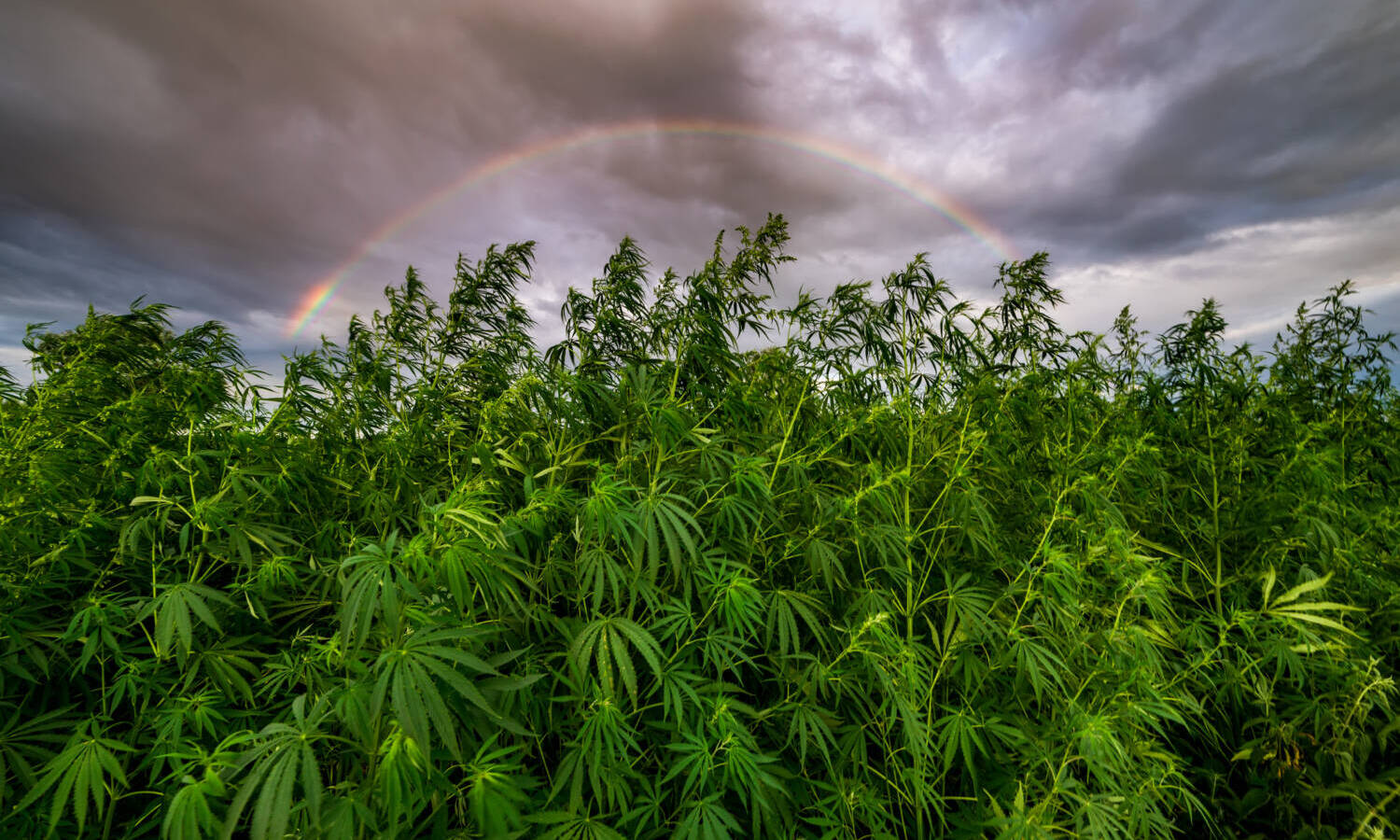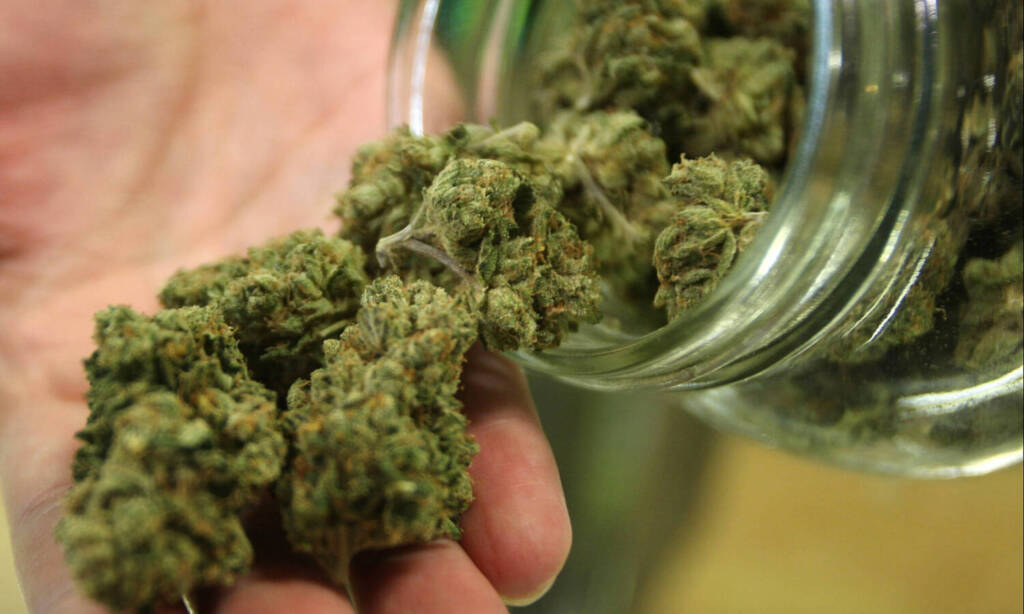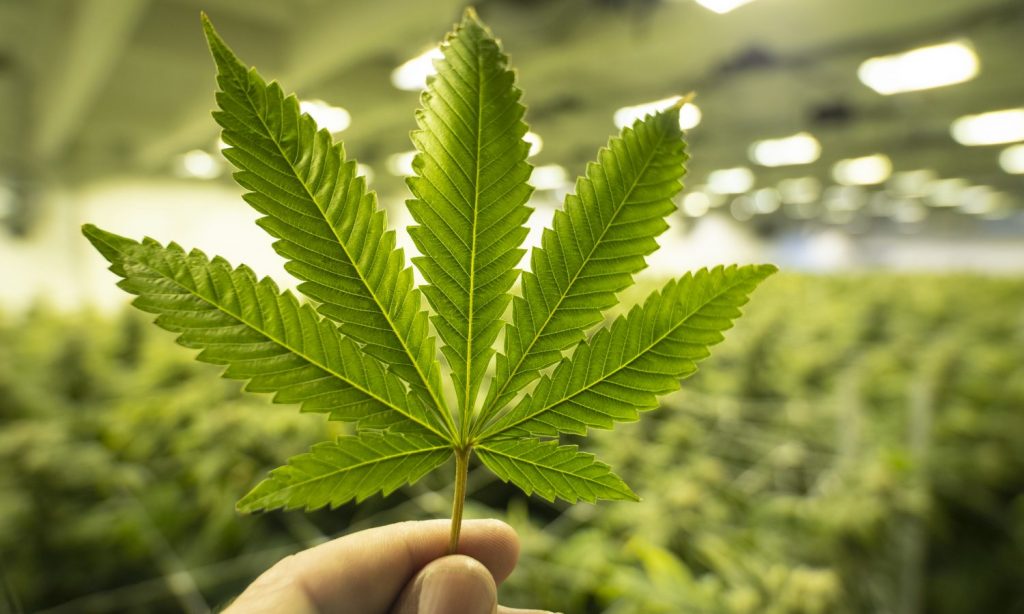
Is Marijuana Growing Really That Bad For The Environment?
This article originally appeared on Cannabis.net and was republished with permission.
Marijuana is a psychoactive drug made from the cannabis plant. It has been used for medicinal and recreational purposes primarily in the Central Asian region of the planet over the centuries.
As more countries adopt and cultivate the plant, concerns have been raised about its impact on the environment. The extreme energy and water consumption, its disposal method and also its extraction process seem to leave a footprint in the environment.
Photo by Olena Ruban / Getty Images
Do we need to worry? Will our growing marijuana market pose a problem for our planet?
How marijuana is grown
In short, growing marijuana is the process of growing cannabis plants. The plants start as seeds and can be grown through outdoor or indoor farming, with sunlight or artificial light.
The following resources are needed to grow marijuana:
FLOOR: Unless you practice aeroponics or hydroponics, soil is essential to growing marijuana; and not just any soil, the ideal soil must contain nutrients such as nitrogen, potassium and phosphorus. These nutrients can be added to the soil through fertilization. The pH of the soil should be between 5.8 and 6.5.
WARMTH: The ideal temperature for growing marijuana is between 24-30 ° C (75-86 ° F). Any temperature above 31 ° C or 88 ° F and less than 15.5 ° C or 60 ° F can stunt growth and reduce THC potency.
BRIGHT: You can use either natural light or artificial light. When using artificial light, the plant is exposed to 16–24 hours of continuous light and 0–8 hours of darkness.
WATER: The frequency of watering depends on the age, size, temperature, light and stage of growth of the plant. The withering of the leaves is a sign of an underwatered plant.
HUMIDITY: Moisture is another requirement for marijuana to grow. Drought slows down the process of photosynthesis. Ideally, the humidity should be between 40-60% RH.
NUTRIENT: The plants take up nutrients from the soil through their roots. Marijuana plants require more nitrogen, potassium, and sulfur throughout their life cycle. When soil nutrients are depleted, chemical or organic fertilizers can be added.
As with any other plant, pest invasion is a challenge for growing cannabis.
 Photo by David McNew / Getty Images
Photo by David McNew / Getty Images
How marijuana cultivation affects the environment
While marijuana has medicinal and recreational uses in its own right, some cultivating it does not have as good an impact on streams and rivers. While farmers of other food crops store water during the rainy season for use in the dry season, marijuana growers divert water directly from rivers and streams during the dry season.
Dry seasons are characterized by low water levels. Creatures that live in the streams are already struggling to survive. Imagine draining a large amount of water from the same stream or river. In some cases, some parts of the streams dry up completely. This threatens the survival of amphibians, salmon and other organisms living in the stream. As the water level falls, the temperature rises, which puts a strain on the fish living in the water.
Another problem related to growing marijuana is pollution. Agriculture sometimes takes place near streams and rivers, which can lead to erosion. Sand and fine sediments can get directly into the streams and damage organisms living there.
RELATED: Is Marijuana Playing With The Environment?
In addition, herbicides and pesticides can contaminate the water and poison animals that drink from it. Often times, diesel leaks from generators that are used to pump water. This puts additional strain on the streams and pollutes the fish.
Most marijuana growing techniques use natural resources, but growing cannabis requires far more resources than other types of horticulture. The cultivation techniques used in growing marijuana require an inordinate amount of natural resources and electricity, while also emitting harmful waste into the environment. If this is not punished, it can have significant negative effects on the environment and climate.
 Photo by SEASTOCK / Getty Images
Photo by SEASTOCK / Getty Images
The good thing is that cannabis can grow much faster than other plants. As such, it consumes a large amount of carbon dioxide while releasing a lot of oxygen. This could be very beneficial for the environment, especially if grown outdoors.
However, this benefit is offset by the excess energy used to ventilate the interior. Some growers may even produce excessive amounts of harmful CO2 to increase the crops’ potential for growth.
RELATED: 4 Ways Cannabis Is Getting A Greener Industry
Also, marijuana has the potential to quickly increase the amount of volatile organic compounds (VOC) in the atmosphere. This is worrying as VOCs combine with several other pollutants in the atmosphere to form an unstable toxic gas. Studies show that the VOCs emitted from growing cannabis plants can lead to over 2,000 tons of toxic gas each year. And that’s only from the cannabis market.
Apart from the VOCs emitted, there is also other hazardous waste including extraction solvents, vape pens with batteries, polluted laboratory waste.
Such wastes are usually problematic and can pose a challenge to the environment. They infect landfills, release toxic VOCs into the atmosphere, and pollute water sources.
Imagine that millions of marijuana vape pens are thrown into landfills every year, this can be a huge problem.
How to Reduce the Impact of Marijuana on the Environment
The best way to reduce the carbon footprint of growing cannabis in the US and around the world is to legalize it at the federal level. With this significant change, extensive research that is being carried out to reveal better agricultural techniques and practices will increase at an astronomical rate. It will also greatly reduce the number of illegal cannabis farms scattered across the country, thereby mitigating some of the damage that illegal cannabis farms do to the environment.
RELATED: States Are Pushing Cannabis Operations To Go Greener
Other strategies for minimizing the negative environmental impact of growing marijuana are as follows:
- Create environmental rules and regulations for marijuana farmers – This could be as simple as completing a mandatory assessment before starting a cannabis growing business.
- All marijuana sellers are required to list all agricultural chemicals used in their production on their packaging
- Farmers should be asked to provide details of how they intend to monitor and control pollution
- Environmental, Social and Governance (ESG) reports should be provided by all marijuana farms etc.
- Natural methods of plant cultivation should be adopted – Organic farming methods should be promoted among cannabis growers. More efforts should be made to increase awareness of organic farming techniques and the many benefits that it offers.
- Cannabis soil can be reused for up to 2 years before being disposed of
Bottom line
The cultivation and processing of marijuana is increasing rapidly. As we are taking advantage of plants, it is very important that we do not lose sight of their impact on the environment and continue to work to avoid negative effects. Mother Nature takes care of us all, that’s the least we can do.
This article originally appeared on Cannabis.net and was republished with permission.

Post a comment: